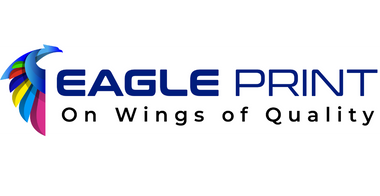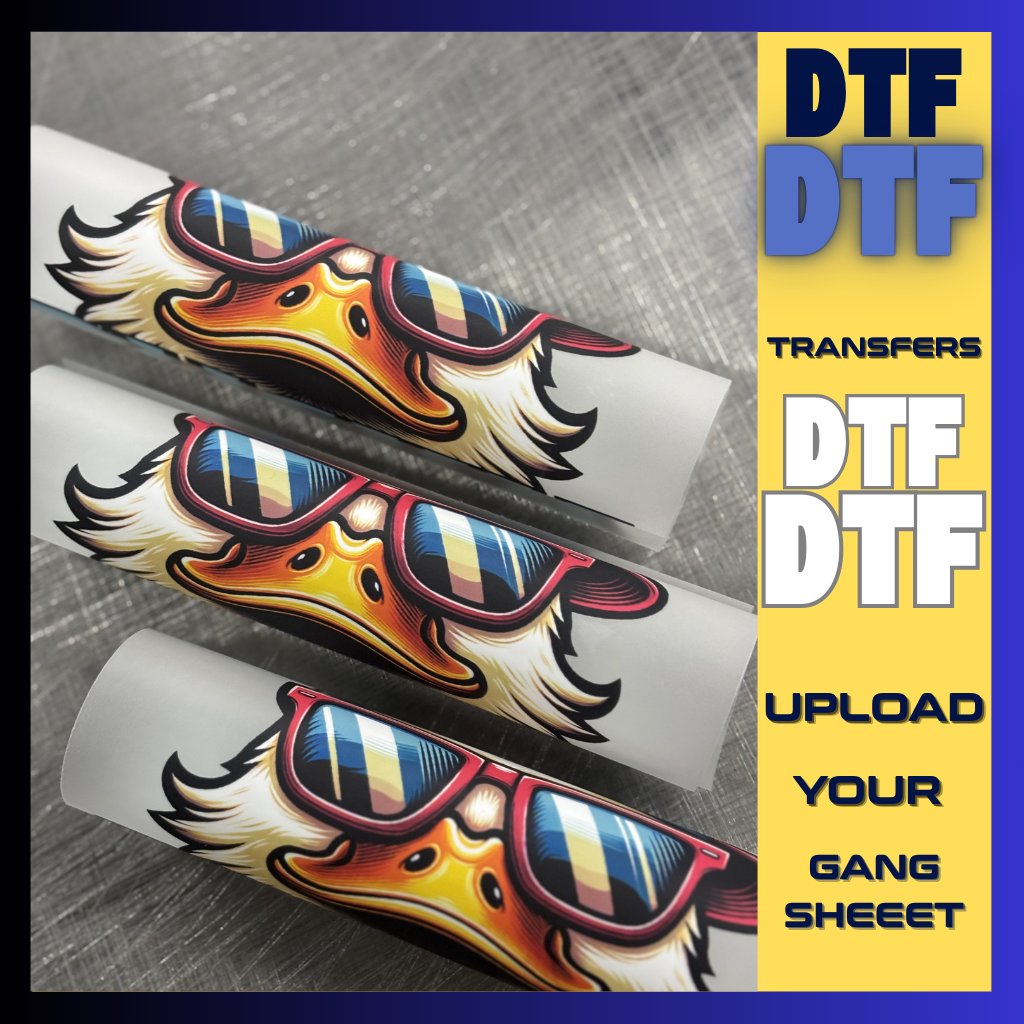Direct to Film Transfer: The Future of Custom Printing
In the world of custom printing, direct to film transfer (DTF) is revolutionizing the way designs are transferred onto various materials. Whether you're a small business owner, a hobbyist, or a large-scale printing operation, DTF technology offers a fast, efficient, and cost-effective way to create high-quality prints. This guide will walk you through everything you need to know about direct to film transfer, from its advantages to the best printers and heat presses to use.
What is Direct to Film Transfer?
Direct to film transfer is a printing process that involves transferring a design directly onto a film, which is then applied to a fabric or other material using a heat press. The process combines the precision of digital printing with the flexibility of traditional heat transfer methods, allowing for vibrant, detailed prints on a wide variety of fabrics. This method uses specialized inks and films to produce high-quality designs that last longer and resist fading, even after multiple washes.
How Does Direct to Film Transfers Work?
The direct to film transfers process involves several key steps, which are outlined below:
-
Printing the Design:
The design is first printed onto a special film using a direct film transfers printer. These printers use both white and color inks to produce vibrant, high-resolution designs. The white ink acts as a base, making the colors appear brighter and sharper, especially on dark or colored fabrics. -
Powder Coating:
After the design is printed, it is dusted with a powder adhesive. This powder helps the design stick to the fabric when heat is applied, ensuring a strong bond between the print and the material. -
Curing the Design:
The film is then passed through a curing process, where it is heated to ensure the adhesive powder bonds properly to the print. -
Heat Pressing the Transfer:
The final step involves using a direct to film heat transfer method. The printed film is placed on the fabric, and heat is applied using a heat press. The heat and pressure allow the design to transfer from the film to the fabric, leaving behind a durable, high-quality print.
Advantages of Direct to Film Transfers
Direct to film transfers offers numerous benefits, which have made it a popular choice for custom printing. Here are some of the main advantages:
-
High-Quality Prints:
DTF transfers produce crisp, vibrant prints with fine details that are difficult to achieve with other printing methods. Whether you’re printing intricate designs or simple logos, DTF provides exceptional results. -
Versatility:
One of the standout features of direct film transfers printing is its versatility. It can be used on various types of fabrics, including cotton, polyester, blends, and even non-textile materials like wood and leather. -
Durability:
DTF prints are highly durable. They can withstand multiple washes without fading or cracking. This makes them ideal for clothing items like t-shirts, hoodies, and even custom bags that are used regularly. -
Cost-Effective for Small Runs:
Unlike screen printing, which requires the creation of screens for each design, DTF printing doesn’t require such preparation. This makes it more cost-effective for small print runs or custom orders.
Best Printers for Direct to Film Transfers
To achieve the best results with direct film transfer, you need a high-quality printer designed for the job. These printers are specifically built to handle the specialized inks and films used in the process. Here are a few options that stand out:
1. Epson SureColor F2100
The Epson SureColor F2100 is a popular choice for direct film transfers printers. It offers high-speed printing and exceptional color accuracy. With its advanced inkjet technology, it produces sharp, high-resolution prints perfect for DTF transfers.
2. Brother GTX
Brother’s GTX series is another reliable option for DTF printing. The printers are known for their ease of use and excellent color management. These machines are ideal for businesses looking to produce high-quality custom transfers with minimal hassle.
3. Roland VersaSTUDIO BN-20
The Roland VersaSTUDIO BN-20 is a compact but powerful printer that works well for smaller operations. It is capable of printing on a variety of media types and can be easily integrated into an existing printing workflow.
Choosing the Right Heat Press for DTF Transfers
The direct to film heat transfer method requires a heat press to transfer the printed design onto the fabric. When choosing a heat press, consider the following factors:
1. Temperature Control
A heat press with precise temperature control is essential for achieving consistent results. Look for machines with digital controls for easy temperature adjustments and accurate settings.
2. Pressure Adjustments
The pressure applied during the heat transfer process is crucial for a successful print. Choose a heat press with adjustable pressure settings to accommodate different materials and thicknesses.
3. Size
Make sure the heat press is large enough to accommodate the items you plan to print on. Larger machines are ideal for printing on hoodies, jackets, and other larger items, while smaller machines work better for t-shirts and accessories.
DTF Transfer Printing vs. Other Methods
Direct transfers film printing offers many advantages over other common printing methods. Here’s a comparison to help you decide if DTF is the right choice for you:
DTF vs. Screen Printing
Screen printing is often the go-to method for high-volume orders, but it requires creating custom screens for each design, which can be costly and time-consuming. DTF printing, on the other hand, requires no such setup and is ideal for smaller print runs or custom designs. It also produces more detailed prints with vibrant colors, especially on dark fabrics.
DTF vs. Direct to Garment (DTG)
DTG printing directly applies ink onto fabric, whereas DTF prints on a film that is later transferred to the fabric. DTG can produce high-quality prints, but it often struggles with opacity on dark fabrics. DTF, with its use of white ink, excels in this area, providing vibrant prints on both light and dark materials.
Direct to Film Custom Transfers for Your Business
If you're looking to offer custom prints for your customers, direct film transfer is an excellent option. Whether you’re running a small custom apparel shop or offering personalized gifts, DTF printing allows you to produce high-quality, detailed, and vibrant designs that your customers will love. For example, you can offer custom t-shirts, hats, bags, and even home décor items with DTF prints.
Why Choose Direct to Film Custom Transfers?
-
Low Setup Costs: Unlike other printing methods, DTF printing doesn’t require expensive setups or large-scale equipment for small runs.
-
Fast Turnaround Times: With DTF, you can complete orders quickly, providing faster service to your customers.
-
Durable and Washable Prints: DTF prints are designed to last, even after numerous washes, making them perfect for everyday wear.
Conclusion: Start Your DTF Journey Today!
Direct to film transfers offers a new, exciting way to create high-quality custom prints for a wide range of materials. Whether you’re looking to start a custom printing business or simply enhance your existing operation, DTF provides a versatile and cost-effective solution. If you're ready to get started, check out this collection of direct to film transfers and find the right tools for your business.
For more detailed information about the direct to film transfer process, visit this Wikipedia link. 🌟









